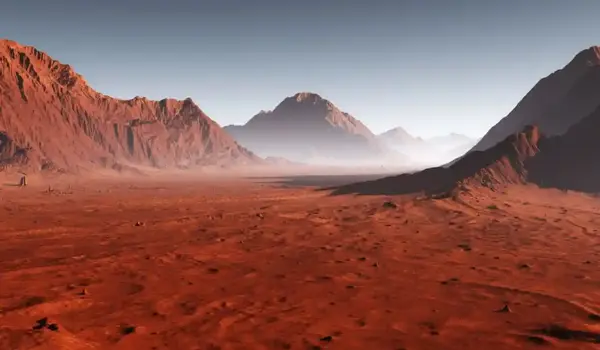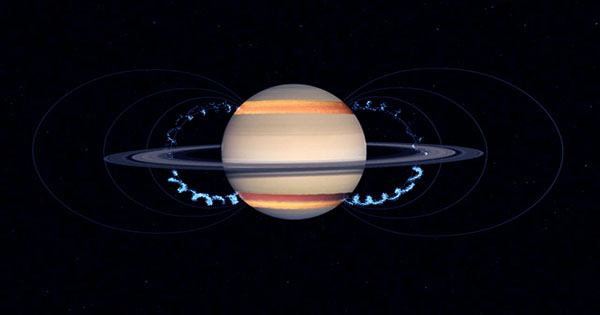Two impact craters near the Martian North Pole are marked by moraine-like ridges (soil and rock accumulations), which are often formed in the aftermath of glacial action. In this vein, some scientists speculate that the linear formations found in these Martian craters are the result of slow-moving CO2 glaciers. Others, on the other hand, are carried away by a far more dynamic source: enormous ice avalanches. To test this alternative idea, a group of researchers led by Sergey Krasilnikov of the Russian Academy of Sciences utilized NASA open-source data to model catastrophic material rushes down the crater slopes.
According to their simulations, massifs of water ice at the top of slopes break under immense weight and pressure, creating a fast downslope speed of up to 80 meters per second (262 feet per second). They believe that the surge drove debris to the borders of the ridges, resulting in the formation of the ridges. These avalanches were discovered to be not only fast-moving, but also far-reaching. The surge lasted around 15 kilometers (9.32 miles) in one crater and 12 kilometers (9.32 miles) in the other (7.46 miles). The 2002 Kolka Glacier disaster, which saw a glacier surge and high-speed ice-water-stone mudflow wreak havoc along a 17-kilometer stretch of land, was an Earth analog of these occurrences (10.6 miles).

The study, which was published in Planetary and Space Science, casts doubt on the slow-moving CO2 glacier concept, which is based on the formation of moraine-like ridges. CO2 glaciers are thought to form only when Mars’ axial tilt is low, which hasn’t happened in the previous 10 million years, according to Krasilnkov. The crater ridges, on the other hand, are thought to have originated during the previous few million years. This time span is compatible with the formation of water ice massifs that may reach a critical threshold and trigger an avalanche at the crater’s Martian latitudes, according to the authors.
According to their models and estimations, the ice massifs might have grown to between 100 and 150 meters (492 feet) tall, announcing a 1.1 and 2.42 square kilometer (0.42 and 0.93 square mile) block of ice to careen down the craters, respectively. While the argument over how these Martian crater ridges developed is likely to continue, this recent study does point to ice avalanches as a possible explanation. Check out this photograph taken by NASA’s Mars Reconnaissance Orbiter (MRO) when the northern polar ice cover melted last year to see a verified ice avalanche on Mars.
















